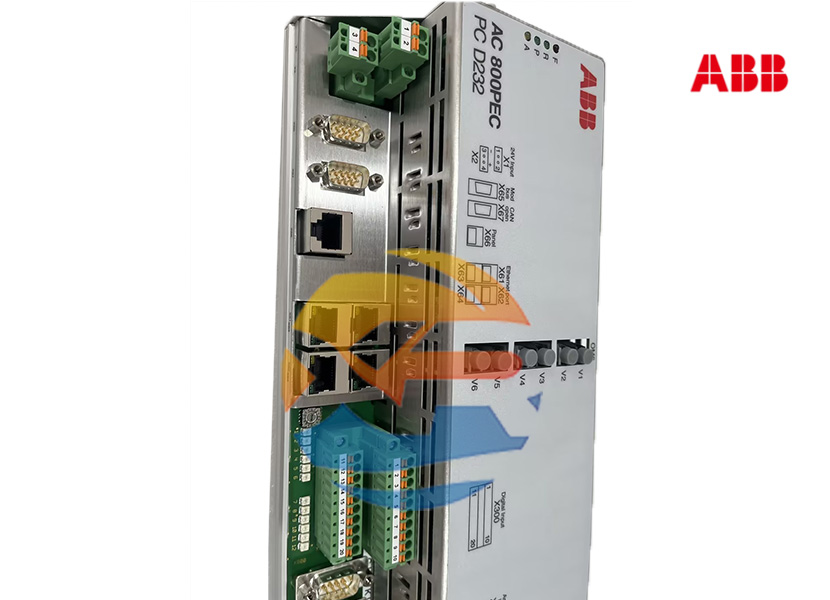In the world of industrial automation, reliability and processing power are non-negotiable. At the heart of many critical control systems lies the ABB PCD232A101 3BHE022293R0101, a high-performance Programmable Logic Controller (PLC) module from the renowned AC 800M family. This article provides a comprehensive technical overview of this controller, exploring its role, specifications, and why it is a trusted choice for engineers worldwide.
The ABB PCD232A101 3BHE022293R0101 is a specific model of the CPU (Central Processing Unit) module within ABB's AC 800M controller series. Think of it as the brain of an automation system. It executes the control logic—the software program that dictates how a industrial process should run, from controlling valves and motors to regulating temperature and pressure.
This controller is designed for medium to large-scale applications where high availability, fast processing speeds, and robust communication capabilities are essential. It is a fundamental component in industries like power generation, oil and gas, water treatment, and chemical processing.
Understanding the specifications of the PCD232A101 is key to evaluating its suitability for a project.
The module is built with a powerful processor capable of handling complex control algorithms and large volumes of I/O (Input/Output) points. It comes equipped with sufficient user memory to store extensive control programs and data, ensuring smooth operation for demanding applications.
A standout feature of the AC 800M controllers is their versatile communication capacity. The PCD232A101 typically includes:
For mission-critical processes where downtime is not an option, the AC 800M platform supports redundancy configurations. This means you can pair two PCD232A101 controllers in a hot-standby setup. If the primary controller fails, the secondary takes over seamlessly within milliseconds, preventing a costly plant shutdown.
The controller is programmed and configured using ABB's Automation Builder or its predecessor, Control Builder M. These are powerful Integrated Development Environments (IDEs) that support standard programming languages defined by the IEC 61131-3 standard, including:
This flexibility allows engineers to choose the best language for each part of the control strategy.
Within a Distributed Control System (DCS) or a PLC-based architecture, the PCD232A101 CPU module sits in a rack. It communicates with:
The ABB PCD232A101 3BHE022293R0101 is more than just a part number; it represents a robust, scalable, and highly capable automation controller. Its powerful processing, extensive communication options, and support for high-availability configurations make it an ideal foundation for controlling complex and critical industrial processes. By understanding its technical capabilities, system integrators and plant engineers can design systems that ensure maximum productivity, safety, and reliability.